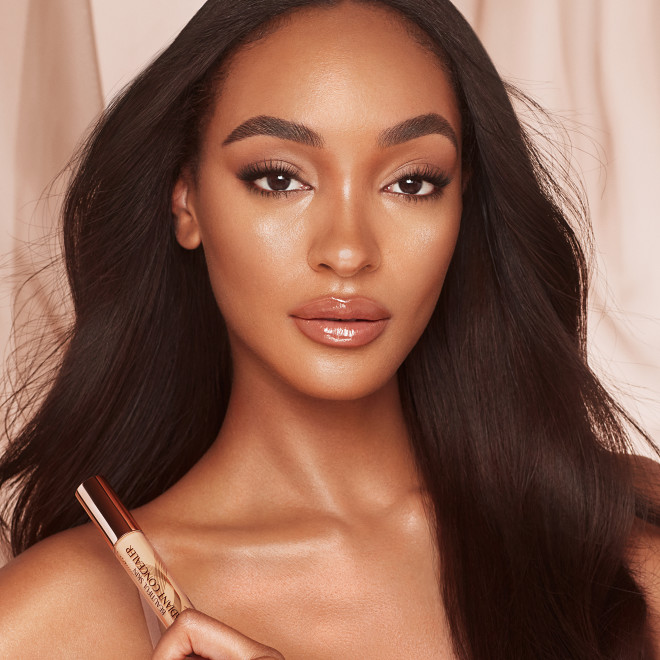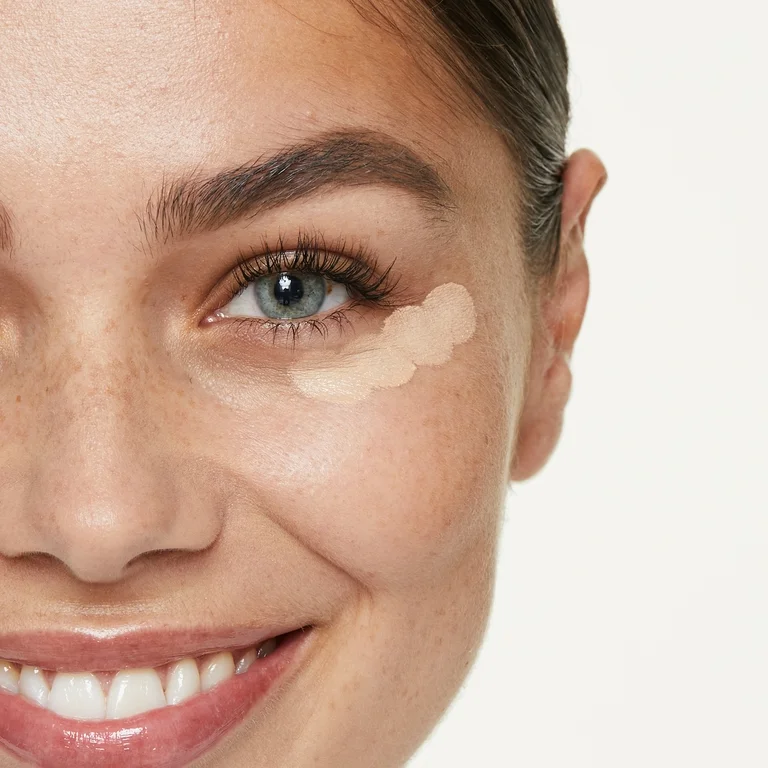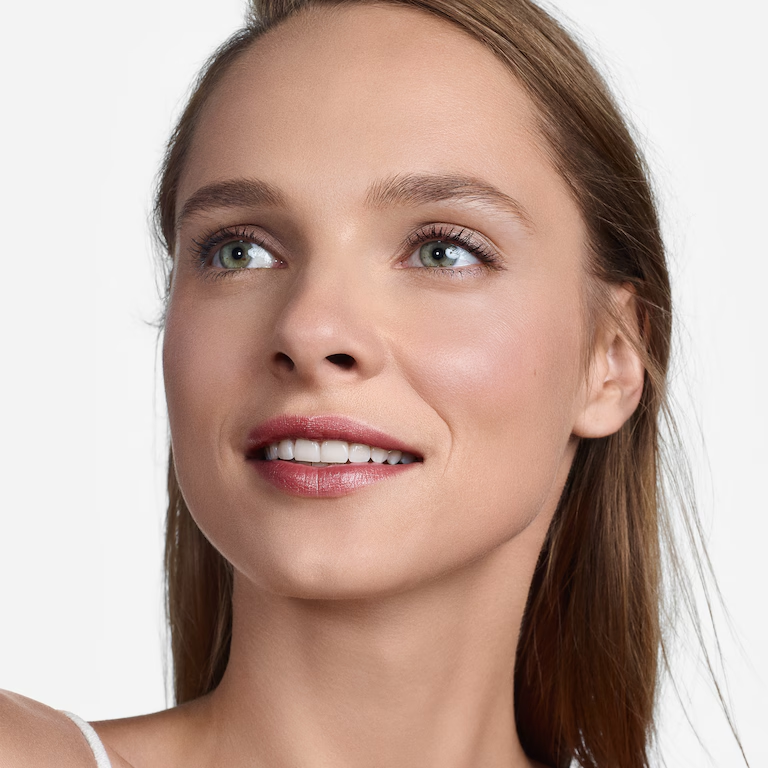
Flawless Makeup: Primer, Foundation & Concealer Application
The Role of Primer in Flawless Makeup
A primer is a key to a long-lasting makeup look. It helps to create a smooth canvas for further applications, minimizes pores, and ensures that foundation and concealer adhere better to the skin, making them last longer. Applying primer can also help to reduce the appearance of fine lines and wrinkles, and it can prevent makeup from settling into them throughout the day. Moreover, a good primer can control shine and oil, which is especially important for those with oily skin types. Aside from these benefits, primers often contain ingredients that can benefit the skin, such as SPF, hydration, or antioxidants.
Choosing the right primer for your skin type, and knowing how to apply primer correctly, will enhance the overall appearance of your makeup and give it the professional, seamless look you desire. This is why understanding how to apply primer is an essential first step in achieving flawless makeup.

Choosing the Right Primer for Your Skin Type
When aiming for that flawless makeup finish, choosing the right primer is crucial. Different skin types require different formulas to address specific concerns. Here is how to apply primer according to your skin type:
- Oily Skin: Look for a mattifying primer. These often contain silicone or salicylic acid, which can help control excess oil and minimize the appearance of large pores.
- Dry Skin: Choose a hydrating primer. Those with ingredients like hyaluronic acid or glycerin can boost moisture, preventing foundation from looking flaky.
- Combination Skin: Use a balancing primer. A formula that hydrates dry areas while controlling shine in oily zones can provide the best of both worlds.
- Sensitive Skin: Seek out a primer with minimal additives. Fragrance-free and paraben-free options can reduce the risk of irritation. Ingredients like aloe vera and chamomile can soothe the skin.
- Aging Skin: Opt for an illuminating primer with light-reflecting particles. It can help to diminish the look of fine lines and create a youthful glow. Antioxidants like Vitamin E are a bonus for protecting the skin.
Match your primer to your skin concerns. This will help your foundation and concealer glide on smoothly and maintain that perfect look for longer. Remember, the right primer can do more than prep your skin; it can also enhance your overall look and provide additional benefits to your skincare routine.
Step-by-Step Guide to Applying Primer
Applying primer is a critical step in achieving a flawless makeup look. This step-by-step guide will show you how to apply primer effectively, regardless of your skin type. Remember, proper technique can make a significant difference in how your foundation and concealer look and last throughout the day.
- Start with Clean Skin: Always begin with a clean face. Use your regular cleanser and pat your skin dry.
- Moisturize: Apply a light moisturizer and let it absorb into your skin. This provides hydration and helps the primer apply smoothly.
- Take a Pea-Sized Amount: You don’t need much primer to cover the whole face. A pea-sized amount is usually enough.
- Warm It Up: Rub the primer between your fingers to warm it up. This makes for easier application.
- Apply Gently: Using your fingertips, apply the primer in a gentle, circular motion. Focus on areas where makeup tends to wear off quickly, such as T-zone, cheeks, and chin.
- Wait for It to Set: Give your primer a minute or two to set before applying foundation. This allows it to create a smooth, even base for your makeup.
Following these steps, you’ll ensure that your primer is applied perfectly, creating an ideal canvas for foundation and concealer. By taking the time to apply primer correctly, you’re setting the stage for a stunning, long-lasting makeup look.
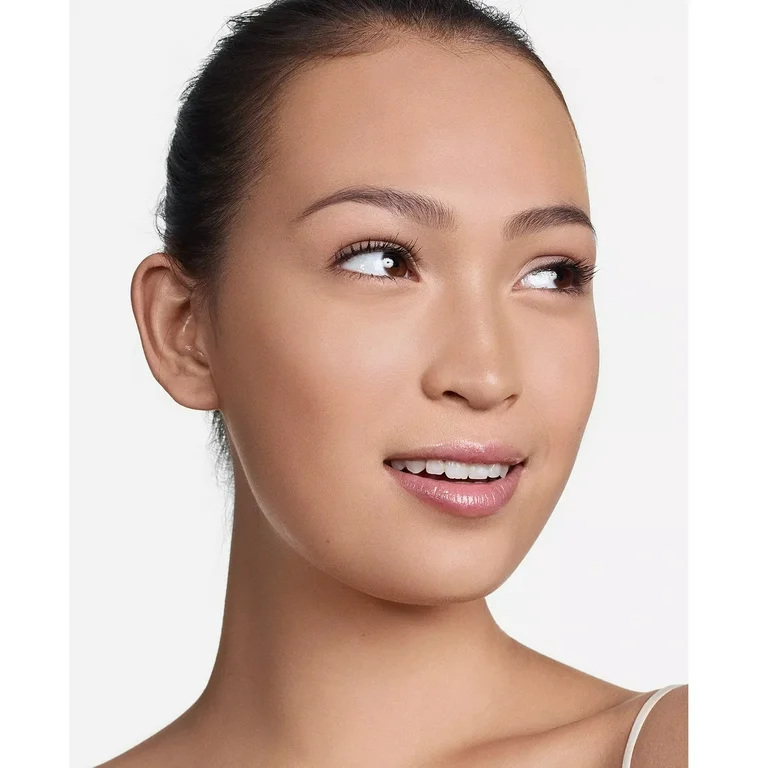
Selecting the Perfect Foundation Shade
Selecting the perfect foundation shade is crucial for a flawless makeup look. Here are the key points to remember:
- Know Your Skin Tone: Identify if your skin is light, medium, or dark.
- Understand Undertones: Look for pink (cool), yellow (warm), or neutral undertones in your skin.
- Test Shades: Always test foundation on your jawline, not your hand, for the most accurate match.
- Check in Natural Light: View the foundation shade in natural light to ensure it blends seamlessly.
- Blend Two Shades: If necessary, mix two shades to get a closer match to your skin tone.
- Seasonal Changes: Remember, your skin tone may change with the seasons. Have a lighter shade for winter and a darker one for summer.
- Consultation: When in doubt, consult with a makeup professional to find your perfect match.
By following these steps on how to apply primer and selecting the ideal foundation shade, you’ll create a natural and consistent base for your makeup. This step is key to looking your best and ensuring your foundation looks like a second skin, rather than a mismatched mask.
Tips for Seamless Foundation Application
When applying foundation, aim for a seamless, natural finish. Follow these tips to enhance your makeup routine:
- Choose the Right Tools: Selecting the right application tool is essential. Whether you prefer a beauty sponge, a foundation brush, or your fingertips, ensure you’re comfortable with the technique. Beauty sponges provide a dewy finish, while brushes offer more coverage.
- Apply in Sections: Work on your face one section at a time. This approach keeps the foundation from drying out before you can blend it properly.
- Use Light Layers: Build coverage with thin layers of foundation. This helps avoid a heavy, cakey look and makes blending easier.
- Blend Well: Pay extra attention to the hairline, jawline, and neck to avoid harsh lines. Proper blending is key for a seamless look.
- Set Your Foundation: To ensure longevity, lightly dust a setting powder over your face. Especially focus on areas prone to oiliness or makeup breakdown.
By incorporating these techniques on how to apply primer and foundation, your makeup will appear more polished and last longer.
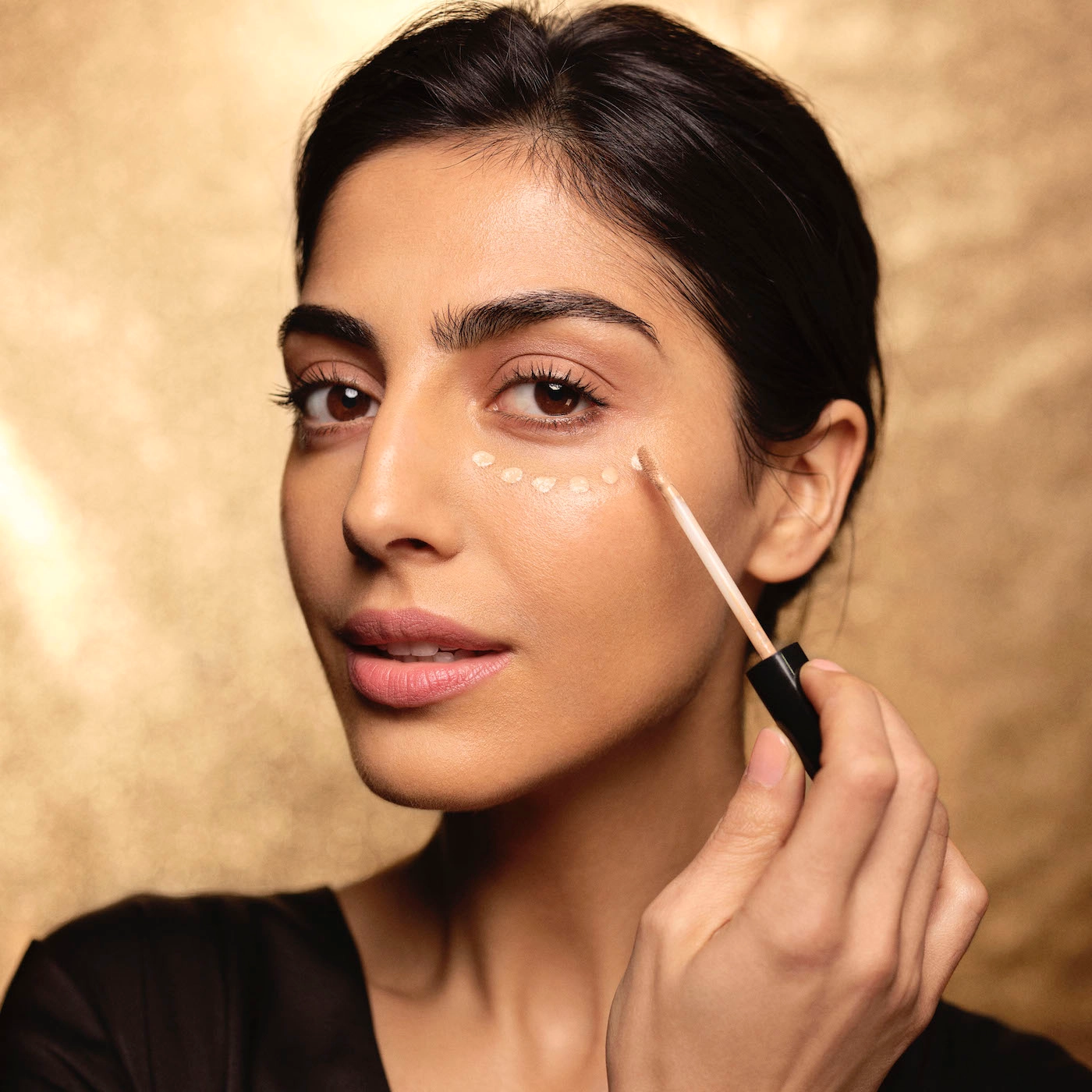
Understanding Concealer Types and Their Uses
To achieve a flawless makeup look, knowing how to apply primer, foundation, and concealer is key. Concealers come in various types, each serving a specific purpose. Here’s a breakdown of the different concealer types and their uses:
- Liquid Concealer: This type is versatile and works for most skin types. It’s great for light to full coverage and is easy to blend. Use it for blemishes, under-eye areas, and to highlight your face.
- Stick Concealer: Stick concealers offer more coverage and are ideal for spot-concealing. They work well for covering dark spots and scars. However, they may be too heavy for under-eye use.
- Cream Concealer: Cream concealers have a thick consistency, perfect for covering intense discolorations. They’re suitable for dry skin types because of their moisturizing properties.
- Color-Correcting Concealer: These come in various shades to counteract different skin concerns. Green neutralizes redness, yellow brightens dullness, and peach counters dark circles. They should be used before applying a skin-toned concealer.
- Highlighting Concealer: Highlighting concealers are lighter than your skin tone. Use them to brighten the under-eye area, bridge of the nose, and other high points of the face.
Understanding these types will help you choose the best concealer for your specific needs. It’s also important to match the concealer to your skin tone and foundation for a natural look. Apply it after your foundation to avoid wiping it away while blending. Remember, the right concealer can elevate your makeup and give you that seamless finish.
How to Apply Concealer for a Natural Look
Applying concealer properly is essential for a flawless finish. Here are steps to help you achieve a natural look:
- Choose the Right Color: Your concealer should match your skin tone or be slightly lighter.
- Apply After Foundation: Put on your foundation first, then add concealer where needed.
- Use the Right Amount: A small dot of concealer can cover most blemishes or dark circles.
- Blend Gently: Tap the concealer with your fingertip or a sponge to blend it smoothly.
- Set with Powder: A light dusting of translucent powder will set the concealer for longer wear.
By following these steps, you can effectively conceal imperfections without a heavy or cakey look. Remember, less is often more when it comes to concealer, and blending is key to maintaining that natural appearance.

Common Makeup Mistakes to Avoid With Primer, Foundation, and Concealer
Achieving flawless makeup involves not just knowing how to apply primer, foundation, and concealer, but also being aware of common pitfalls to avoid. Here are some mistakes you should steer clear of for that perfect makeup application:
- Skipping Primer: Primer creates a smooth base. Don’t skip it if you want long-lasting makeup.
- Wrong Shade Foundation: Using a foundation that doesn’t match your skin tone will stand out. Always test shades properly.
- Too Much Foundation: Applying too much can look cakey. Use thin layers and build gradually.
- Harsh Concealer: A concealer that’s too light can highlight imperfections. Choose a shade close to your foundation.
- Ignoring Undertones: Foundation with the wrong undertone can look off. Pick cool, warm, or neutral based on your skin.
- Not Setting Makeup: Setting with powder helps makeup stay. Don’t forget this step to avoid creasing.
- Poor Blending: Unblended makeup can look unnatural. Take time to blend edges at the hairline and jawline.
- Overlooking Tools: The right tools make a difference. Use brushes or sponges that work for you.
- Forgetting to Moisturize: Dry skin can make foundation flaky. Always moisturize before primer.
- Not Cleaning Brushes: Dirty tools can cause breakouts. Clean your makeup brushes regularly.
By avoiding these common mistakes, you can greatly improve the longevity and appearance of your makeup. Keep these tips in mind next time you’re prepping your skin or applying your base, and you’ll be on your way to that flawless finish.
Maintaining Your Flawless Look Throughout the Day
Maintaining a flawless makeup look all day can be a challenge. Here are some tips to ensure your primer, foundation, and concealer stay put from morning to night:
- Touch-Up Sparingly: Carry a small concealer or compact powder for quick fixes. Only touch up when necessary.
- Blot Away Shine: Use blotting papers to absorb excess oil without smudging your makeup.
- Stay Hydrated: Drink water throughout the day. It helps keep your skin looking fresh.
- Avoid Touching Your Face: This can transfer oils and dirt, leading to makeup breakdown.
- Use Setting Spray: A good setting spray can lock your makeup in place for hours.
- Refresh Your Makeup: If you’re going out after work, refresh your makeup with a light dusting of powder.
